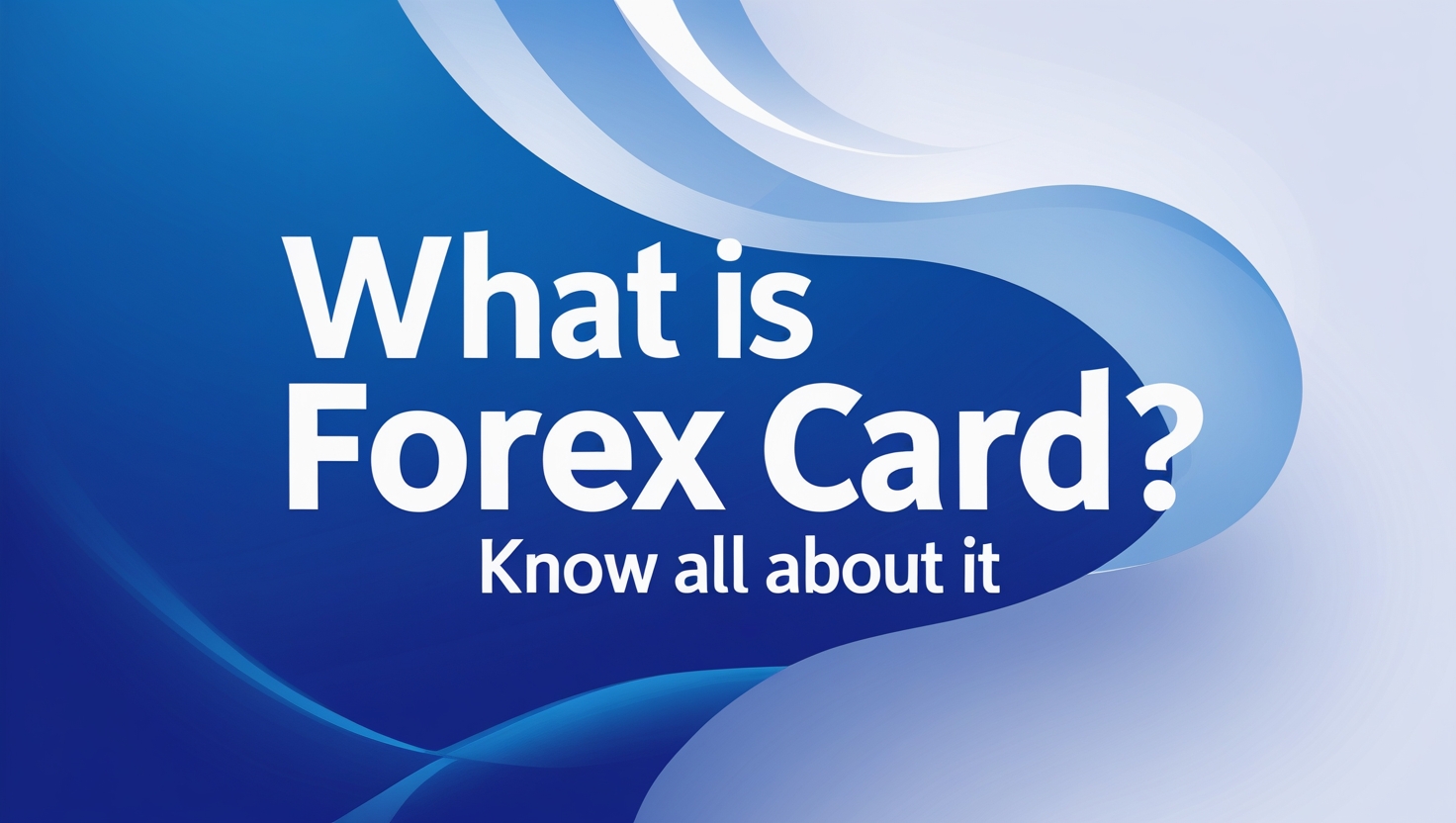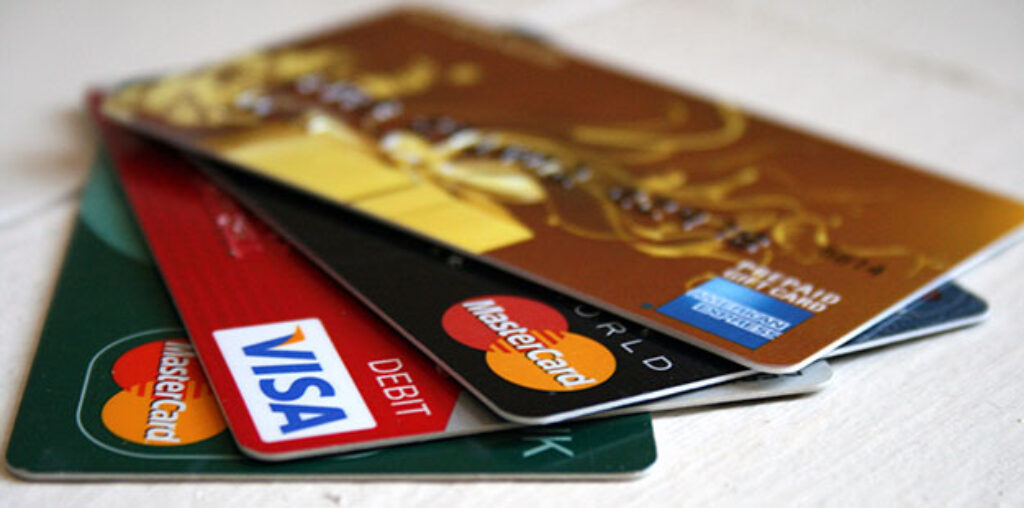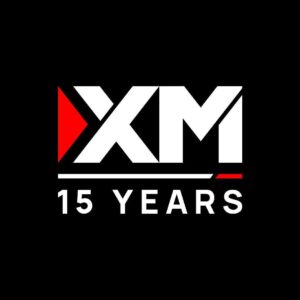
To answer “What is Forex card”—these are cards that are often called travel cards or prepaid currency cards, and are essentially reloadable cards preloaded with foreign currency. They function like a debit card abroad, letting travellers pay for goods and services without carrying cash. These cards support one or multiple currencies (for example, USD, EUR, GBP, etc.) on a single chip-enabled card.
One big advantage is that the exchange rate is locked in at the time of loading, protecting cardholders from later currency swings. In effect, a Forex card acts like a secure, multi-currency travel wallet on a plastic chip. Forex cards let travellers load foreign cash and spend safely abroad. Most banks and authorised dealers issue them. One loads the card with the needed currency before departure, and then swipes it for purchases or ATM withdrawals just like any bank debit card.
A Forex card works by letting you preload foreign currency at a locked-in exchange rate. Before traveling, you visit a bank or authorised dealer and “load” the card with the foreign cash needed.
You select the currency (for example, USD for a trip to the US) and pay the equivalent in your home currency. Once the money is loaded, you can use the card like any other debit card for transactions in the respective foreign currency.
From that moment, the card’s balance is held in that currency wallet. During travel, swiping the card deducts from the preloaded balance without further conversion.
Because the rate is fixed at load-time, the card provides protection from currency volatility. Once the funds are loaded, you know the exchange rate at the time of loading the card and budgeting becomes much easier.
This predictability makes financial planning for your trip much more straightforward and helps avoid unexpected expenses due to currency fluctuations.
Ritesh Pai (Chief Digital Officer, YES Bank) advises travellers to use a multi-currency card, noting that it automatically picks the correct currency wallet for each purchase when visiting multiple countries.
When travelling in a different currency than loaded, most cards have a small “cross-currency” fee for auto-converting from one wallet to another.
For example, if a card only has USD loaded and you attempt a purchase in EUR, the card’s system will convert USD to EUR at the current rate, incurring that modest fee.
This is why multi-currency cards are so popular for travelers visiting multiple countries – they help you avoid these conversion fees entirely.
This eliminates the hassle of currency conversions mid-trip. Notably, many such cards support multiple wallets—some can hold as many as 12 different currencies (USD, EUR, GBP, SGD, AUD, and more) on one card. In practice, when you make a purchase, the card’s chip debits from the correct currency wallet, or automatically converts from another wallet if needed (usually with a small cross-currency fee). This intelligence means you spend the right currency and avoid hidden fees.
How Does a Forex Card Work?
A Forex card works by letting you preload foreign currency at a locked-in exchange rate. Before traveling, one visits a bank or authorised dealer and “loads” the card with the foreign cash needed. You select the currency (for example, US dollars for a trip to the US) and pay the equivalent in your home currency.
From that moment, the card’s balance is held in that currency wallet. During travel, swiping the card deducts from the preloaded balance without further conversion. Because the rate is fixed at load-time, the card provides protection from currency volatility.
When travelling in a different currency than loaded, most cards have a small “cross-currency” fee (typically up to 3.5%) for auto-converting from one wallet to another. This is why multi-currency cards, which let you preload several major currencies in advance, are popular for itineraries in multiple countries.
Forex Card Uses and Online Transactions
Forex cards serve many uses for travellers. Besides in-store purchases and ATM withdrawals abroad, they can also be used for online payments in foreign currency. Not all prepaid travel cards allow e-commerce, but many do. This means you can use the card to pay for foreign hotel bookings, online shopping, or digital services just like a regular card.

Common practical uses include paying for hotels, restaurants, shopping, taxis, and flights while overseas. Forex cards let travellers carry money digitally instead of piles of cash. You can reload the card online even mid-trip if needed, and check balances via app or net banking. On return home, any unspent balance can often be refunded or retained for future travel.
Forex Card Benefits
- Security and Peace of Mind: Forex cards use chip-and-PIN technology. Unlike cash, they cannot be used without your PIN. If lost or stolen, one can immediately block the card and usually order a replacement abroad.
- Locked-in Exchange Rate: By buying currency upfront, travellers fix the exchange rate at that moment. This shields the trip budget from later fluctuations.
- Lower Costs than Credit Cards: Credit cards charge a cross-currency markup of 2–3.5% abroad, plus high cash withdrawal fees. Forex cards usually forgo that markup (within the same currency) and have flat withdrawal fees.
- Multi-Currency Convenience: Many cards allow multiple currencies at once. This is ideal for trips with multiple destinations, as the card debits the right currency and avoids cross-currency charges.
- Budget Control: Since the card is pre-loaded with a fixed amount, it helps control spending. Travellers cannot overspend beyond what they load. There are no surprise bills later.
- Ease of Tracking: Most cards provide online access, SMS alerts, or mobile apps. This means you can monitor spending in real-time and sometimes even reload remotely.
- Acceptance: Forex cards work on international card networks and are accepted at millions of merchant establishments and ATMs worldwide.
Another notable benefit is avoiding cash-conversion hassles. Many travel card issuers let you reload the card online or through a local partner. As a general travel tip, carrying a mix of forex card and limited cash (e.g. 70:30 split) is prudent—the card covers most expenses and cash or credit card serves as a backup.
Forex Card Charges and Card Rates
While Forex cards save on markup fees, they do have some charges and important rates to understand. Common fees may include:

- Issuance Fee: A one-time fee when the card is bought (around ₹500–₹1000).
- Reload Fee: A small fee per reload (e.g. ₹75).
- ATM Withdrawal Fee: Fixed fee per cash withdrawal abroad (e.g. USD 2.00).
- Balance Enquiry Fee: Usually modest (e.g. USD 0.50).
- Cross-Currency Fee: If the card converts between wallets, a ~3% fee may apply.
- Refund Fee: Small fee for refunding unspent balance (e.g. ₹75).
All these fees tend to be known upfront. Crucially, however, there are no foreign transaction markups on purchases within a loaded currency. As Paisabazaar’s Sahil Arora notes, by using the currency loaded on the card, users avoid the 2–3.5% cross-currency surcharge that credit cards typically impose. Only when the card must convert between wallets (if you spent all USD but have EUR on the card, for example) does an extra fee come into play, and that too is disclosed.
Card Rate
Another key term is the card rate. Banks maintain a daily exchange rate for forex cards, known as the card rate. This is the rate at which currencies are bought, sold, or converted on the card. For example, Kotak Mahindra Bank states that “the card can be purchased/reloaded/refunded at the on-going forex card rate of that day”. Likewise, ICICI Bank explains that “card rates are subject to change, based on market volatility. The final rate applicable will be the card rate prevailing at the time of debit/credit to [your] account”. In practice, this means any purchase or refund uses the rate locked at that moment.
It is important to note RBI rules: Indian residents can buy up to USD 3,000 (or equivalent) in cash for travel. Any excess foreign exchange must be carried via card, traveller’s cheques or similar instrumentsr. This underscores that a Forex prepaid card is the authorized way to carry additional foreign funds beyond the cash limit.
Choosing the Best Forex Card
There is no universal “best” Forex card. The right card depends on your needs. When comparing cards, consider:
- Supported Currencies
- Reload Options
- ATM Fees
- Other Charges
- Extra Perks (insurance, rewards)
- Global Network Acceptance (Visa/Mastercard)
- App Support and Customer Service
Industry experts recommend carrying both a forex card and a backup credit card but using the forex card primarily for its lower fees and fixed rates.
In summary, a Forex or prepaid travel card is a safe, cashless way to carry money abroad. It offers competitive exchange rates, low transaction fees, global usability, and digital convenience.
Conclusion
Travelling with a Forex prepaid card can greatly simplify international spending. Cards from reputable banks come with customer support and fraud protection, ensuring peace of mind. Always keep in mind the terms and fees, and use the card along with a small cash reserve. With these precautions, one can focus on the journey rather than worrying about currency. Ultimately, a Forex card is like a digital travel wallet that streamlines foreign spending.
FAQs
Can a Forex card be used online?
Yes. Most Forex prepaid cards are designed to work like debit cards overseas, so they can be used for internet (e-commerce) transactions in supported currencies. This means you can use the card’s details to pay for foreign currency bookings or online purchases just as you would a regular credit/debit card. (However, rules may vary by issuer; some cards may not allow mail or phone orders.) It is important to check with your specific card issuer to confirm that online use is enabled.
What fees apply to Forex travel cards?
Forex cards do carry some fees, though these are usually lower than credit card fees. Typical charges include an initial card issuance fee (for example, around ₹500–₹1,000), and small fees for each reload (e.g. ₹75 per reload). When you withdraw cash abroad, there is usually a flat ATM fee (for instance, USD 2.00 per withdrawal from the USD wallet). There may also be a small balance inquiry fee (e.g. USD 0.50). Finally, if you convert one currency to another on the card (cross-currency), a fee (around 3%) can apply. It is best to check the fee schedule of the card you plan to use.
How does the exchange rate ('card rate') work?
The exchange rate used by Forex cards is known as the “card rate.” When you load, reload, or refund currency on the card, the bank applies its prevailing card rate at that moment. In practice, this means you effectively lock in the rate on the day you load funds. If you later top up during your trip, you lock in the rate of that day as well. This mechanism ensures transparency: you know what rate was applied for the currency conversion.
Which currencies can I load on a Forex card?
Forex cards are available in many major currencies. Single-currency cards (one currency only) were common initially, but now most issuers offer multi-currency cards. These allow you to preload multiple currency wallets on one card. In practice, when you make a purchase or withdraw cash, the card automatically deducts from the matching wallet, or converts from another wallet if needed.
Can I carry cash and a forex card together?
Yes. It is often recommended to use a mix of payment methods. Travellers may carry some local currency in cash for small expenses or emergencies, but rely on the forex card for most spending. A 70:30 ratio of forex card balance to cash (or credit card backup) is prudent. This way, you benefit from the forex card’s safety and rate-locking, but have some cash or a credit card reserve in case of any issues.

















